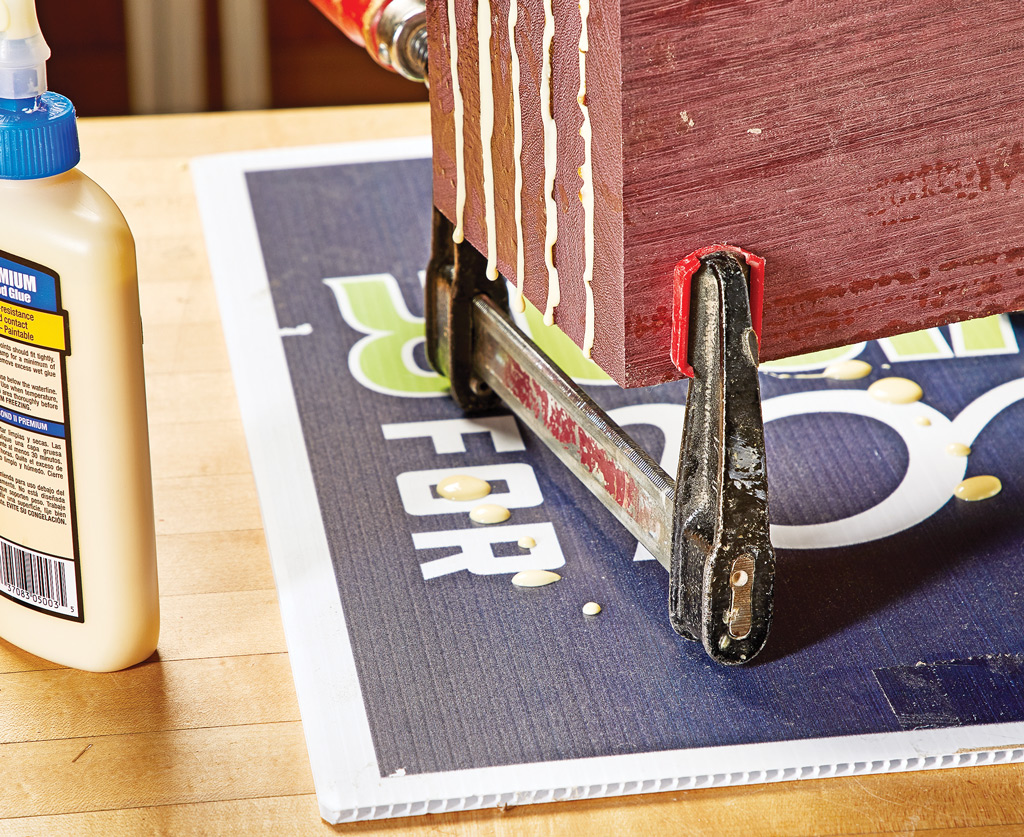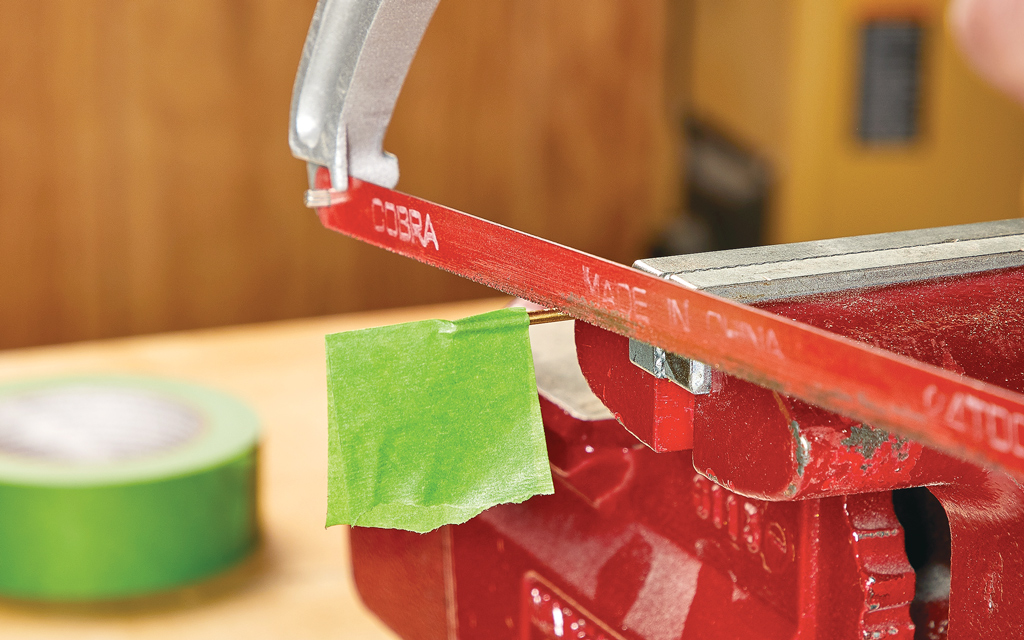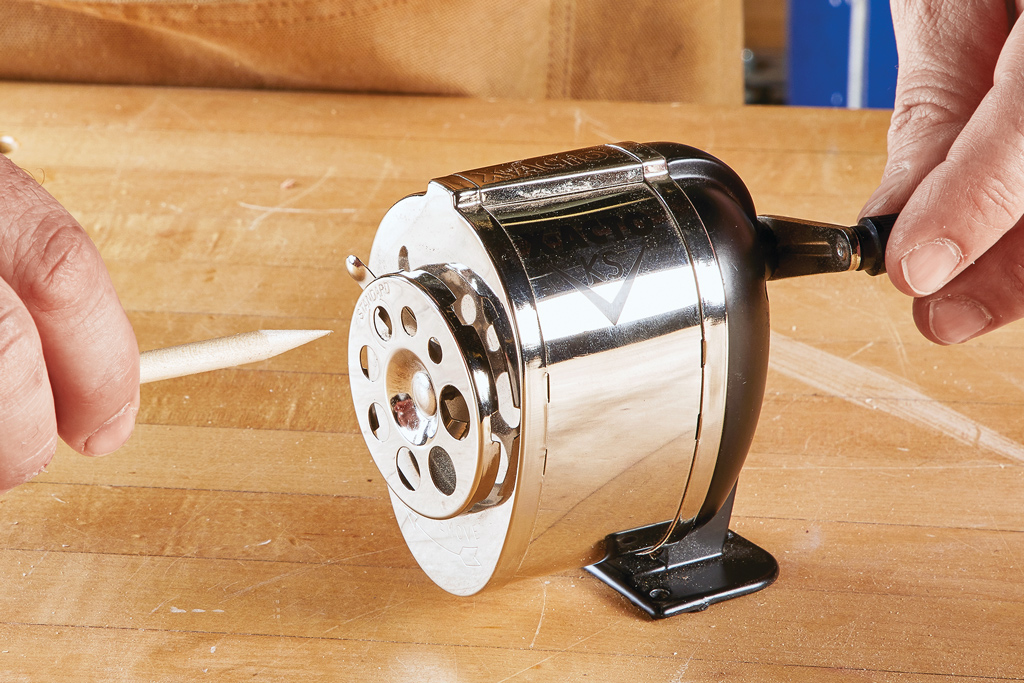Plastic is a very useful material in a woodworking shop, but working with it can be a frustrating experience. To get great results, it’s all about using the right tools, techniques, and plastic. The most common type of plastic is acrylic. It’s what you’ll find at home centers and hardware stores. You probably know it by its common trade name, Plexiglas. Acrylic is relatively soft and easy to work with. You can use it instead of glass in cabinets, for example. But there’s one downside to using acrylic. It doesn’t have very good impact resistance, so it’s not the best choice for machine guards or safety shields. A better option for this would be polycarbonate. You’ve probably heard of Lexan, one of the many trade names for polycarbonate. It’s tougher than acrylic. With polycarbonate, I don’t have to worry about chunks of wood or metal hitting it and causing it to crack or shatter as might happen with acrylic.

When it comes to cutting and drilling plastic, you can use the woodworking tools you already have. It’s very easy to scratch while working with it. But it comes with a masking material on each face. I like to keep this masking in place as long as possible to protect the surface.
Plastic can be cut on your table saw and band saw, but there are a few things to keep in mind. Whenever I cut plastic, I use a backer board to prevent chipping. (I like to use 1 ⁄4'' hardboard.) You can get great results with a typical woodworking carbide-tipped blade. Choose a blade with 60 or 80 small teeth.

As you can see in the photo, cutting curves in plastic is really no different than cutting wood. I like to use a blade with 10 to 14 teeth per inch for smooth cuts. Even then, the edge will require further smoothing. Here again, use a backer board whenever possible for cleaner cuts.

Like saw blades, you can buy special bits for drilling plastic, or you can make your own. The sharp cutting edge on standard drill bits has a tendency to dig in and grab the workpiece. But you can take a standard bit and grind a flat on the cutting edges at the tip. This helps in drilling plastic by creating more of a scraping action. You’ll want to take it slow. You can build up a lot of heat very quickly. With too much heat you can melt the plastic and get a ragged hole. I use the lowest speed on my drill press for the best results. And if I’m drilling more than a few holes at a time, I’ll use a few drops of detergent in water to act as a lubricant and a coolant to get the best results.













